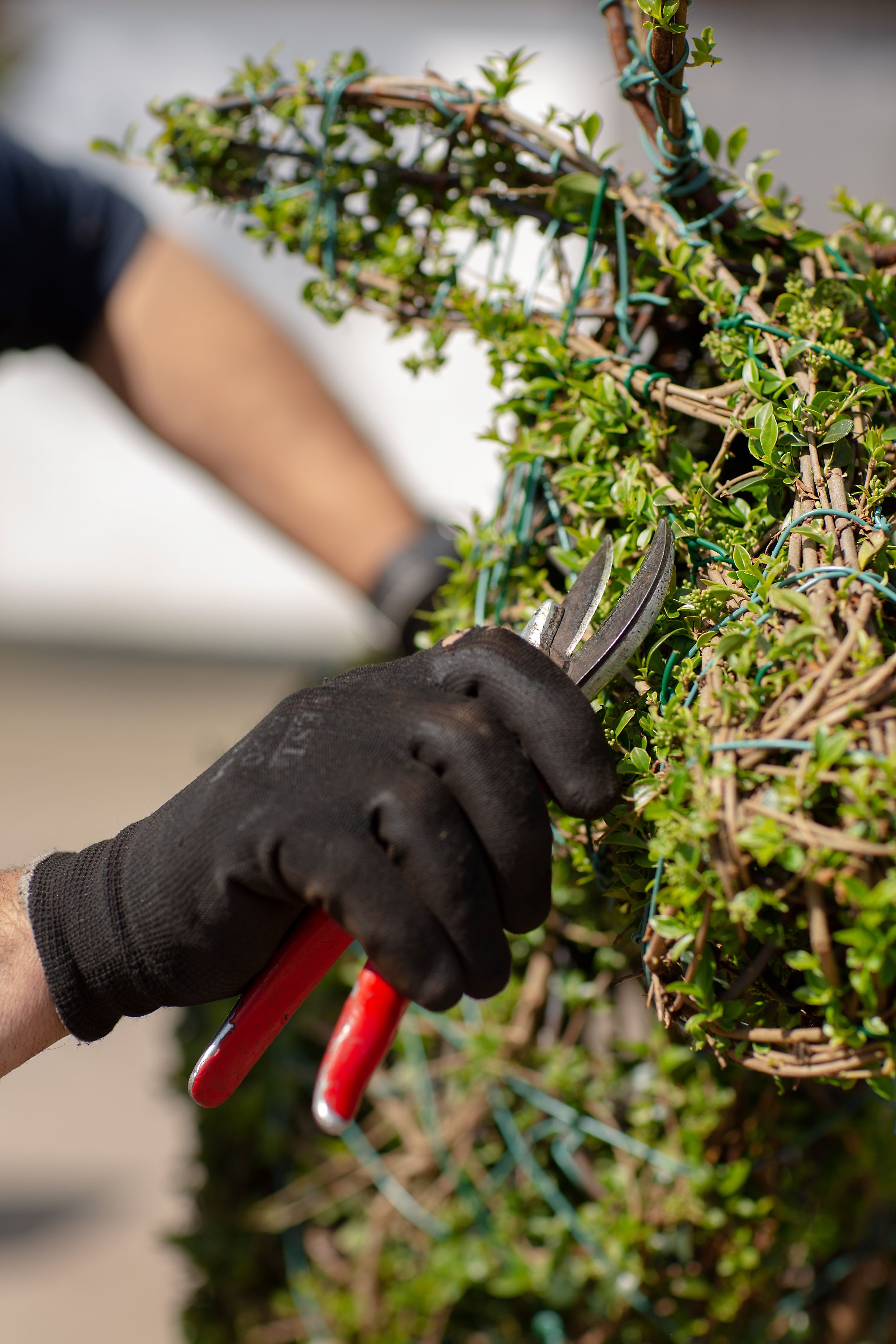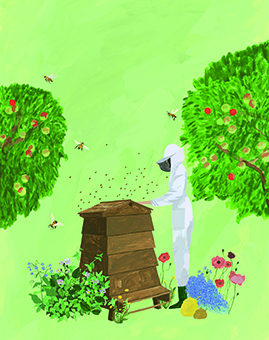Walk through a tree tunnel near you and feel like you’re entering fairyland
Those moments when you walk (or sometimes drive) through a tunnel of trees are a bit special, giving you at once a feeling of being hidden from the world and also transported somewhere magical. Of course you know that at the end of the tunnel the world will be much as it was on the side you entered it, but the strangeness of being cocooned by trees brings, just for a moment, that feeling that anything is possible and at the end of the tunnel might lie an entirely different world.
Some tree tunnels are partially ‘man’made’, with trees planted in avenues to offer a shady walk in summer and a canopy of silhouetted branches in winter. Others are formed naturally, when a path is formed through trees by either footfall or vehicles and the branches meet in the middle overhead, never able to grow lower than the tallest person who regularly passes through.
We think a good tree tunnel is a very fine focus for a good autumn walk, so we’ve listed a few of our favourites around Britain and Ireland. We hope you can find one near you. Send us a postcard from Fairyland!
Halnaker, West Sussex
Halnaker (pronounced ‘Ha’nacker’) is just north of Chichester and this tree tunnel walk (pictured above) follows the ancient Roman road, Stane Street. The woodland path has worn down over the years, giving the whole tunnel a circular effect and the look of a Tolkien novel.
Kilham, East Yorkshire
Immortalised by David Hockney, who painted this tree tunnel in various seasons (they were exhibited at the Royal Academy for some time), this tunnel is between the villages of Langtoft and Kilham. Hockney painted them outside, rather than in his studio, and it’s worth familiarising yourself with the pieces before you visit; you get the feeling of stepping around Hockney himself seated at his easel as you approach.
The Dark Hedges, County Antrim
Created by more than 150 beech trees planted along the Bregagh Road between Armoy and Stanocum by the Stuart family as an entrance to Gracehill Manor, this tunnel is so spooky it’s been featured in films and TV series including Game of Thrones. It’s seriously spooky, with branches that look terrifyingly like they might just reach down and pluck you off the road.
Laburnum tunnel, Bodnant Garden, Conwy
This 55m-long laburnum arch was planted in 1880 at Bodnant Garden, now owned by the National Trust. It’s believed to be the longest and oldest in Britain and is best visited when the flowers are in full bloom and hanging down into the tunnel at the end of May and the beginning of June.
Yew Tree Tunnel in Aberglasney Gardens, Camarthenshire
It’s difficult to date yews. Experts originally thought this tunnel to be a thousand years old but in the 1990s dendochronologists (tree-daters to you and I) decided it was probably only a quarter of that age and guess it was planted in the 1700s. It proved enormously popular in the Victorian era. Victorians went mad for yews, apparently.
Gormanston College Fairytale Tree Tunnel, County Meath
The cathedral-esque curves of this tree tunnel in the grounds of Gormanston College near Dublin makes for a spooky walk with a quiet reverence about it.
Untamed tree tunnel, Kilsyth, North Lanarkshire
Some of the best tree tunnels are the slightly wild ones you just happen across. Kilsyth has one in the Burnside area, close to the sportsground. As haunted-looking as some of the most famous tree tunnels but a bit rougher round the edges and more ‘real’, this is a joy to find as you turn into it.
Rhododendron tunnels, Sheringham Park, Norfolk
Paths and tunnels weave through the rhododendrons at Sheringham Park. They’re at their colourful best in Spring and perfect for a game of hide-and-seek, no matter your age.
Hollow Way, Monksilver, Somerset
Hollow Way is the perfect moniker for this sunken Lane which creates a perfectly round tunnel through the trees. We recommend a stop off at the Notley Arms Inn on the way back to rest weary legs. https://www.notleyarmsinn.co.uk/en-GB
Yew tunnel, Easton Walled Garden, Grantham
Another yew tunnel, but they really do make for the best tunnels. And if it gives you a taste for the labyrinthine, the gardens also have a turf maze to enjoy. Visit in late winter or early spring to enjoy the woodland snowdrops, too.
Do share your favourite tree tunnels with us in the comments, and turn to page 17 of the October issue to read more about understanding your walks from outdoor guru Tristan Gooley.
Buy this month's The Simple Things - buy, download or subscribe
More from our October issue…



























